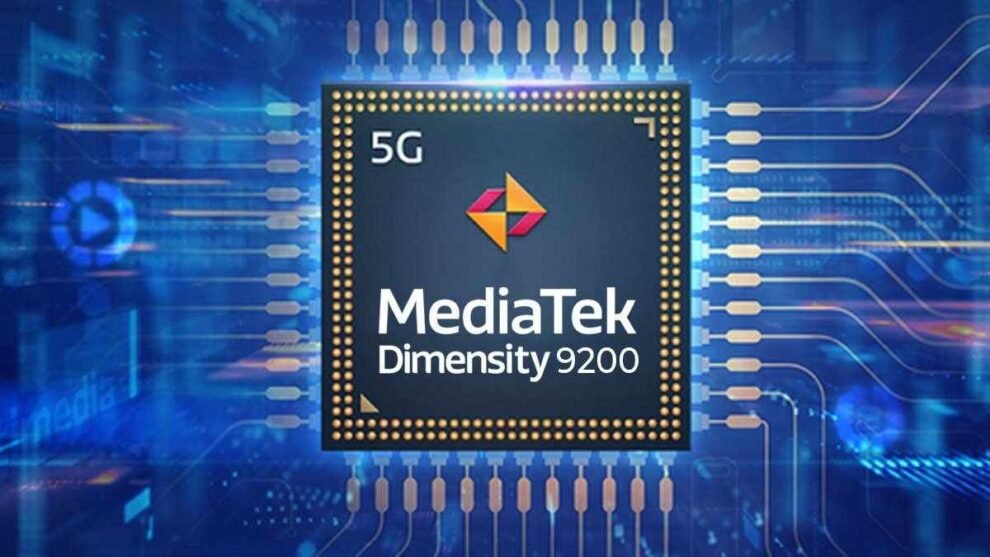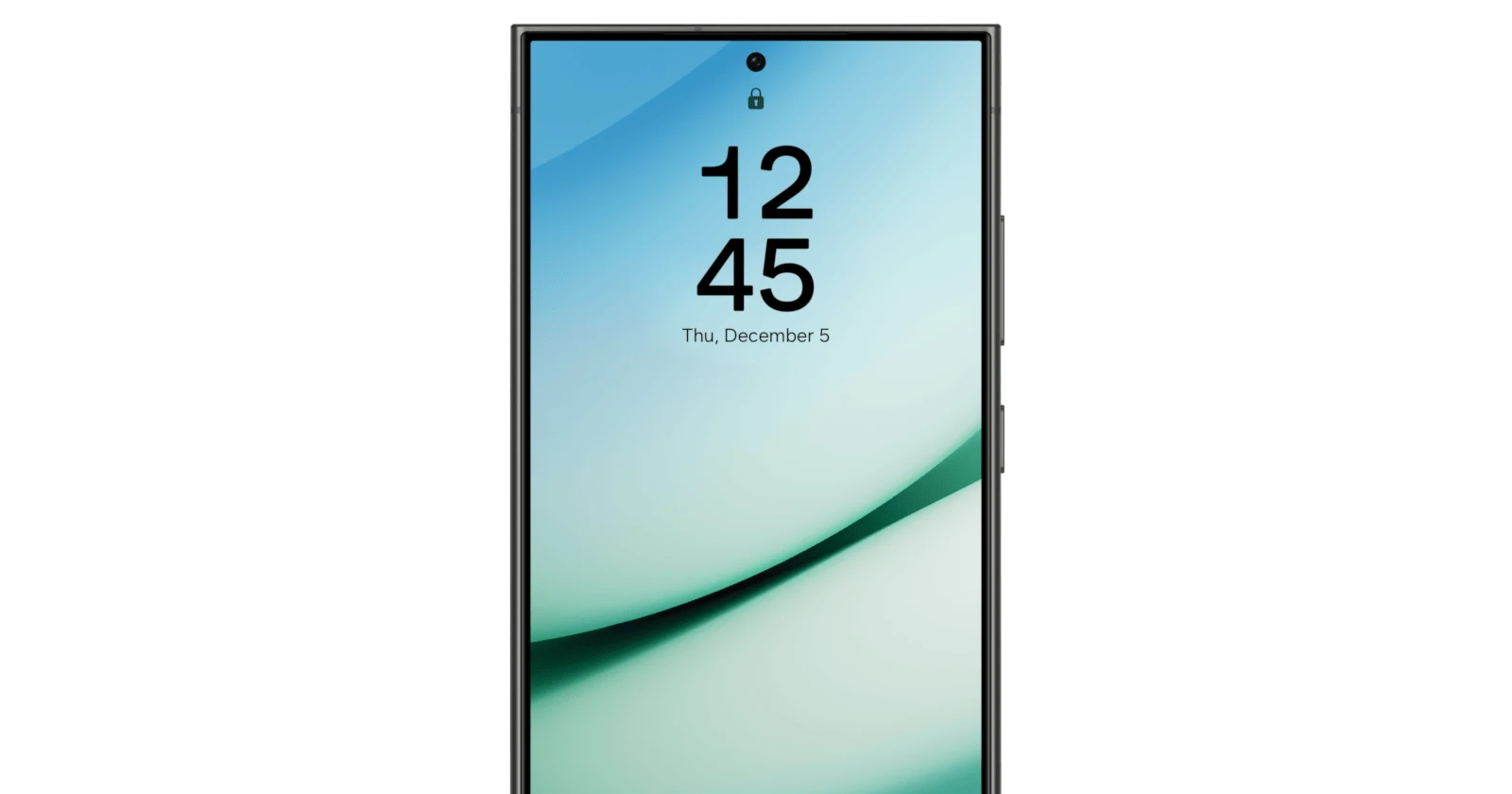MediaTek, a leading chipmaker known for its cost-effective and powerful mobile processors, continues to chart its own path with the upcoming Dimensity 9400. Following the unconventional design choices of its predecessor, the Dimensity 9300, the new chip opts for an all-core architecture, shunning the established model of combining high-performance cores with dedicated energy-efficient ones. This bold move raises both excitement and skepticism, leaving industry analysts and users curious about its potential impact on the smartphone market.
Key Highlights:
- MediaTek Dimensity 9400 continues the radical all-core design introduced in the Dimensity 9300.
- Utilizes TSMC’s cutting-edge 3nm process for improved performance and efficiency.
- Omits dedicated energy-efficient cores, relying solely on eight high-performance cores.
- Raises questions about sustained performance, thermal management, and battery life.
- Bold move challenges traditional processor architecture, potentially disrupting the market.

Ditching the Cluster: An All-Core Revolution?
The Dimensity 9400 boasts eight cores built entirely on TSMC’s 3nm process, marking a significant leap in transistor density and potentially translating to improved performance and power efficiency. However, unlike most smartphone processors, it ditches the typical cluster organization, consisting of a few super-powerful cores for demanding tasks alongside additional, smaller cores optimized for everyday use and battery life. Instead, the Dimensity 9400 relies solely on eight high-performance cores, aiming to deliver sustained top-tier processing power.
Pushing the Limits, But at What Cost?
This all-core approach promises undeniable benefits. For power users and gamers, the Dimensity 9400 could offer unparalleled performance in graphics-intensive applications and multitasking scenarios. Additionally, the 3nm process should enhance overall efficiency, potentially mitigating concerns about increased associated with running all cores at high speeds.
However, the lack of dedicated energy-efficient cores raises valid concerns. Everyday tasks like browsing or background processes might drain the battery faster compared to devices utilizing a hybrid core architecture. Additionally, sustained high-performance operation could lead to thermal throttling, potentially impacting performance under prolonged workloads.
A Disruptive Force in the Smartphone Market?
MediaTek’s gamble with the Dimensity 9400 could significantly impact the smartphone landscape. If the chip delivers on its performance and efficiency promises, it could disrupt the market by offering a compelling alternative to established players like Qualcomm. However, if thermal management and battery life fall short, it might be a risky proposition for phone manufacturers and consumers alike.
The Dimensity 9400 is currently shrouded in mystery, with its full specifications and performance benchmarks yet to be revealed. Only time will tell if MediaTek’s radical design gamble pays off, but one thing is certain – the chip has the potential to shake up the industry and redefine the future of mobile processors.


















